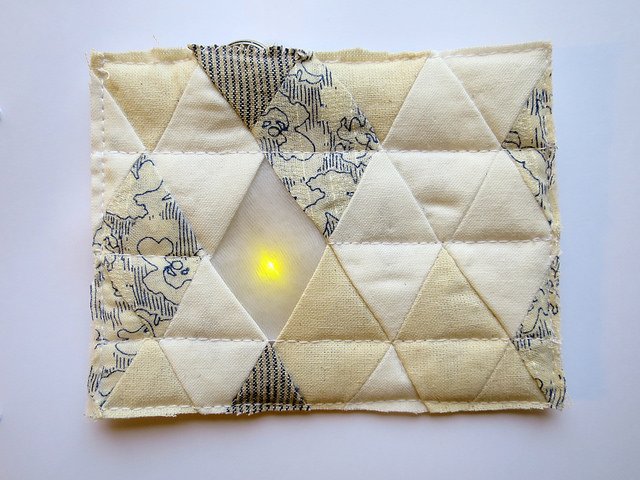
E-textiles, also called smart clothing or e-fabrics, are fabrics that enable digital components and electronics to be embedded in them.
They can be used to monitor the wearer’s health conditions, such as heart rate and body temperature, acquire sport training data, monitor hazardous materials, and track the position and status of soldiers in military activities.
Now researchers develop a new embroidery process that can make e-fibers with a geometrical precision down to 0.1 mm. With the process, they can accurately integrate printed circuit board into textiles. The finding is published in IEEE Antennas and Wireless Propagation Letters.
Researchers from the Ohio State University conducted the study. In the new embroidery process, they used a new class of very thin, 7-filamen, Elektrisola E-fibers. The new e-fibers had a diameter of 0.12 mm, almost 2 times thinner than before.
Compared to their last embroidery approach, the current process achieved 3 times higher geometrical precision, 24 times lower cost, 50% less fabrication time, and equally good e-fiber performance.
To validate the embroidery method, researchers printed a textile spiral antenna and tested its performance in measuring transmitted signals at frequencies of 1-5 GHz. The result showed near-perfect efficiency.
Researchers suggest that the textile spiral has many applications. One application is to integrate the spiral into a cap to capture neuropotentials from wireless brain implants.
Another application is to integrate the spiral into a shirt to help improve the reception of the smart devices. The spiral can also be used to send signals and data to the user’s devices.
Researchers suggest that E-textile is bringing a revolution to the textile industry. In the near future, E-textile can strongly assist communicating, sensing, medical imaging and health monitoring.
Citation: Kiourti A, et al. (2016). Fabrication of Textile Antennas and Circuits with 0.1 mm Precision. IEEE Antennas and Wireless Propagation Letters, 15: 151. doi: 10.1109/LAWP.2015.2435257.
Figure legend: This Knowridge.com image is credited to Plusea and for illustrative purposes only.



